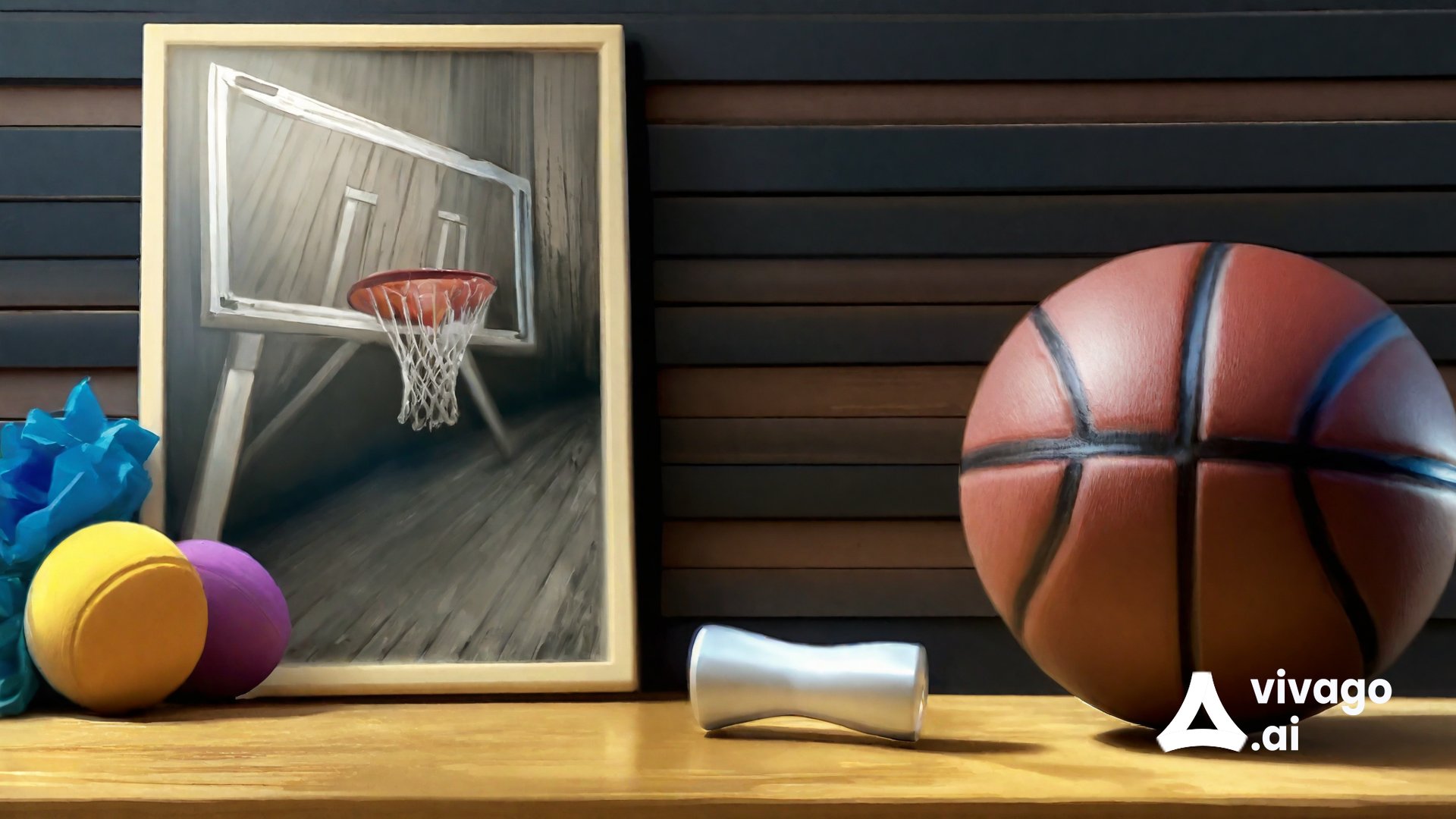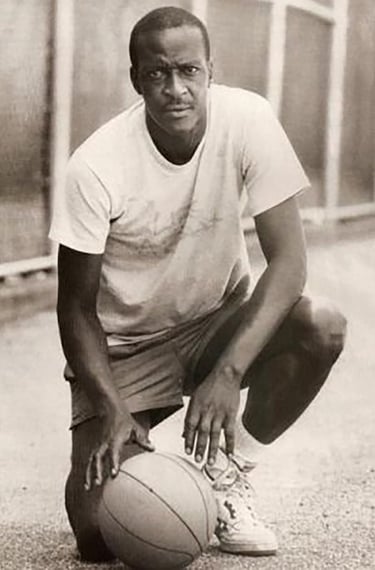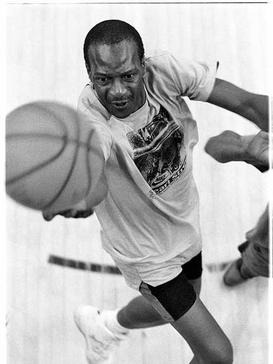
Earl Manigault
"The greatest player never to play in the NBA"
RETROPLAYERS
Antreas Tsemperlidis
6/5/20253 min read
Good morning, basketball lovers...In the heart of Harlem, where concrete is sacred ground and hoops tell stories with the sound of dunks, if you stand still and close your eyes, you’ll hear a name whispered like a sacred chant.


They used to say he could dunk two balls at once. That he could place a coin on top of the backboard, leap up, and not only retrieve it—but leave change behind. He wasn’t just spectacular—he was magical. Standing only 6'1" (1.85m), he soared among giants. Those who saw him on New York’s playgrounds swear they witnessed an artist. When Kareem Abdul-Jabbar was asked who the best player he ever saw was, he didn’t say Julius Erving, Wilt Chamberlain, Larry Bird, Magic, or Jordan. He said one name...
“Earl Manigault. The Goat. The greatest player who never played in the NBA.”
Earl Manigault never wore an NBA jersey, never became an All-Star, never got a championship ring. But he did something more important… He spoke not only to the hearts of those who saw him hoop, but was relatable enough for people who had only heard stories of him. The kids who tried to mimic him and also those who were saved because of him. Those who understood that even if you hit rock bottom, there’s hope and you can get back up and become a hero; not the kind one can find on newspaper covers, but a hero of real life. He never asked to become one. Circumstances made him one, right there in Harlem—a place where basketball players are seen as gods.
And from a young age, he showed he was different. His bond with the ball was almost metaphysical. He didn’t just play basketball, it looked like he was dancing on the hard cement of Rucker Park.
The legends about “Goat” (a nickname some say came from the acronym “Greatest Of All Time,” others from a spectator who compared Earl's leaping ability to that of a goat) are hard to believe. Only those who saw him truly know.
And they never forgot him...
Life wasn’t fair to Earl, but he wasn’t fair to himself either. After high school, his career took a downturn. College problems, trouble with the law and the dark shadow of heroin began to smother his brilliance. Addiction brought him to his knees. Prison, lost years, talent thrown away, drowned in a sea of white powder, in “the stuff.”
The NBA became an unreachable dream not because he couldn’t make it, but because he never got the chance. And yet… Where many are lost, he rose again and found the path to redemption. From the ashes of his fall, Manigault was reborn to become something greater than an NBA superstar. He returned to Harlem. Spoke to kids playing on the very court where he had once been worshipped. He founded “Walk Away From Drugs,” in a huge effort to try and save the youth from the darkness that once consumed him. All he had to say was:
“I know. I was there too.”
Earl never became an NBA champion. You won’t find his name in stat sheets or record books. He won’t enter the Hall of Fame. But he’s still here, present beside every kid who says no to drugs, behind every basket scored in a one-on-one at Rucker Park. Because in the end, what matters isn’t how high you climbed, but how you rose after the fall.
And Earl Manigault—The Goat—rose in a way few ever do.
Not as the star he was meant to be.
But as a man—as a fighter.



